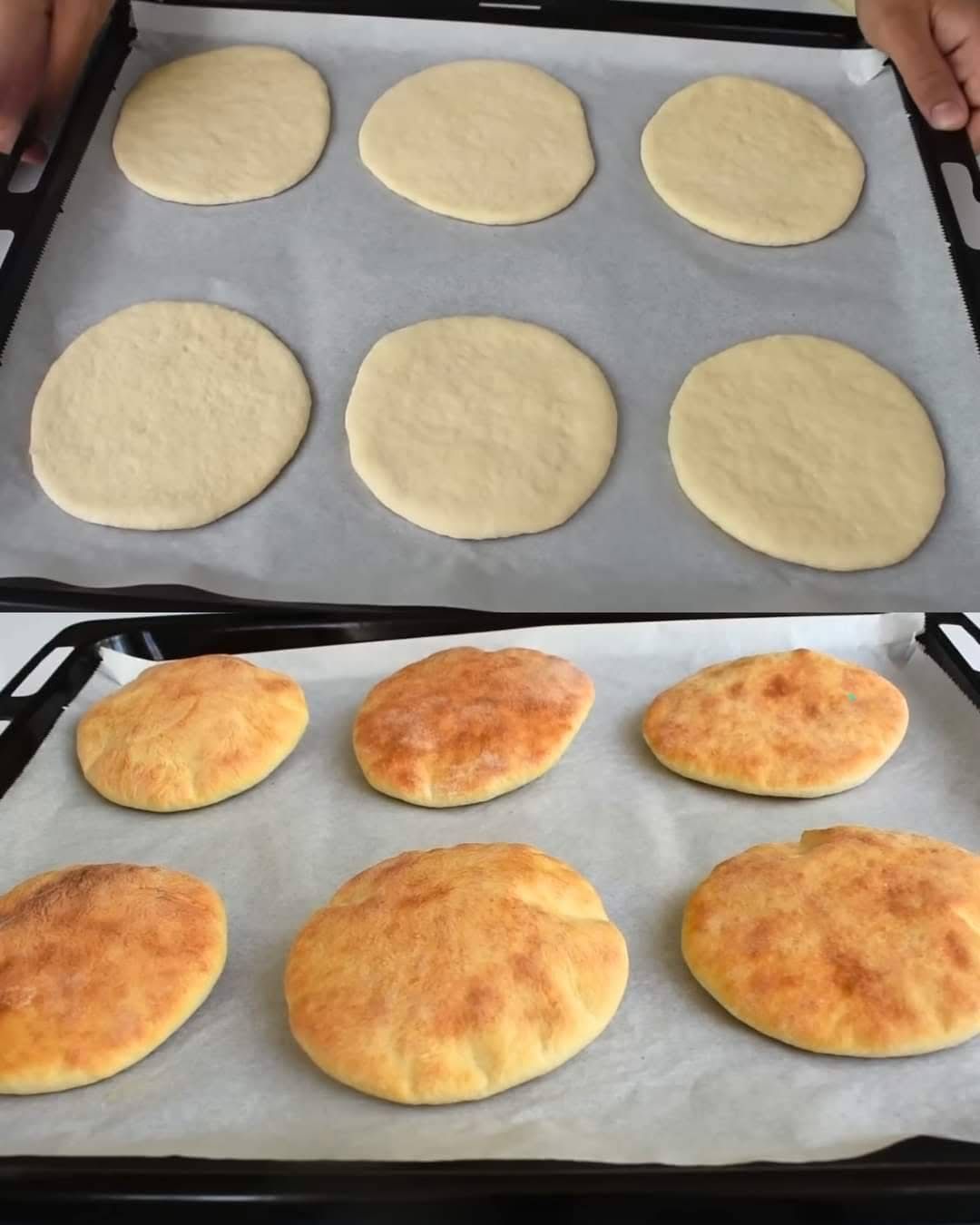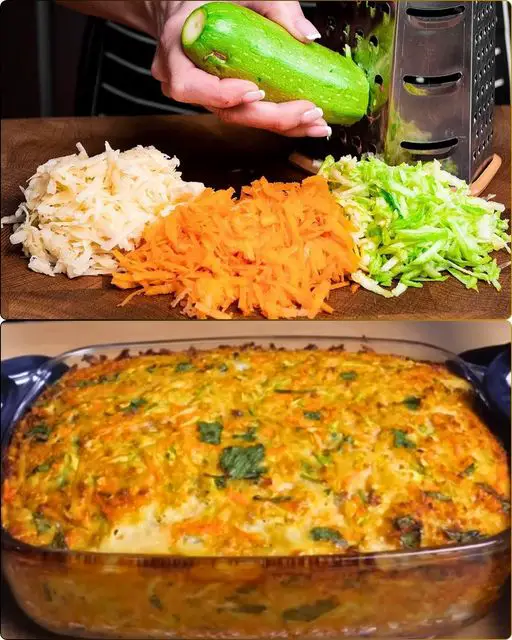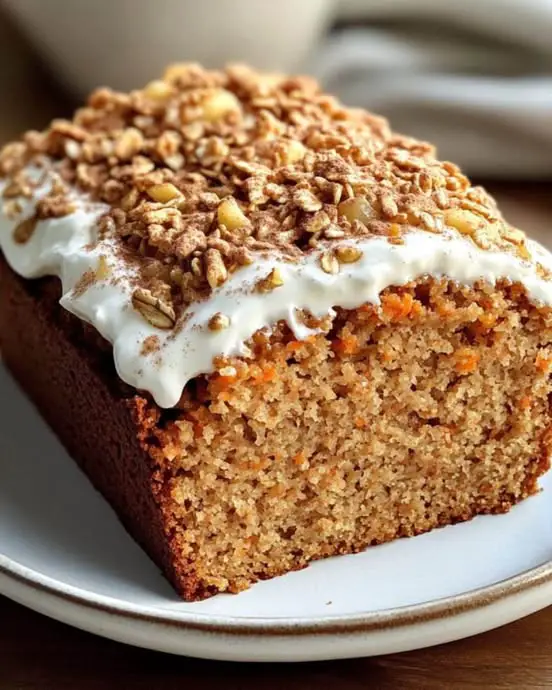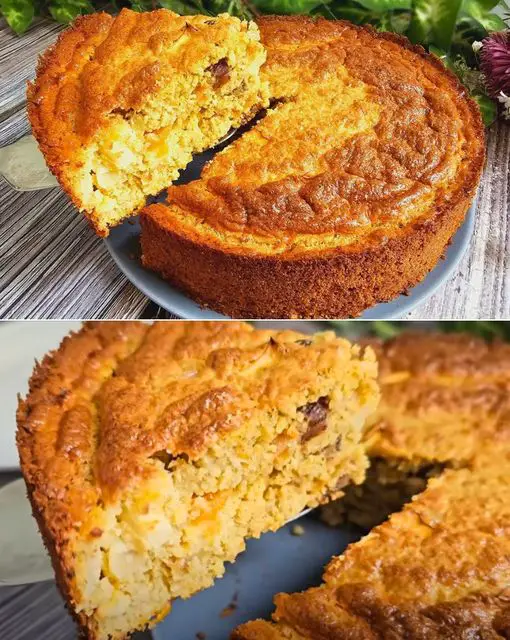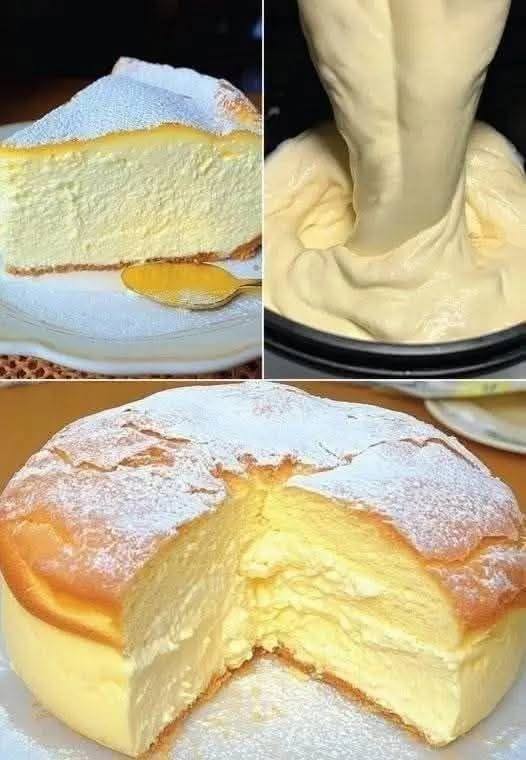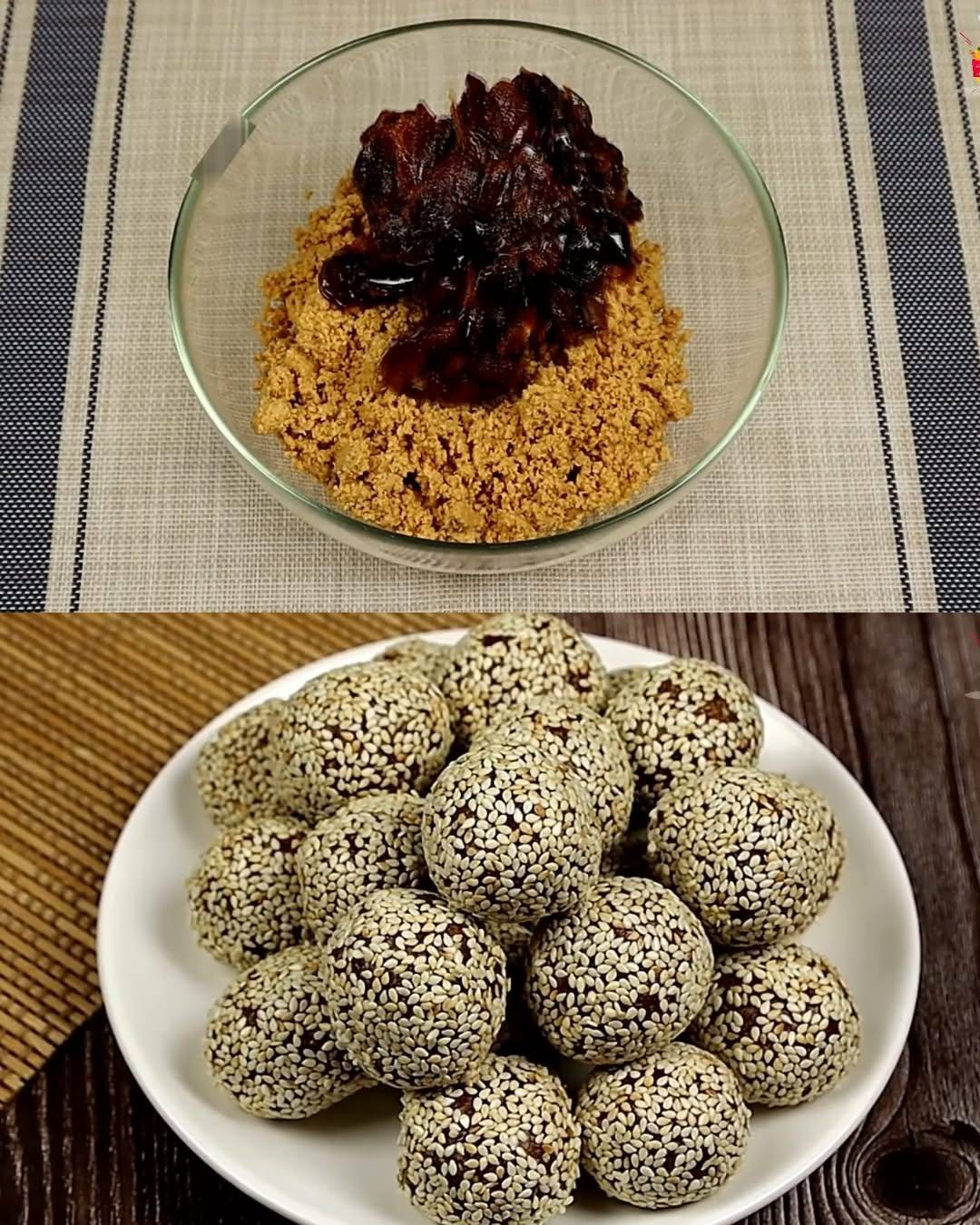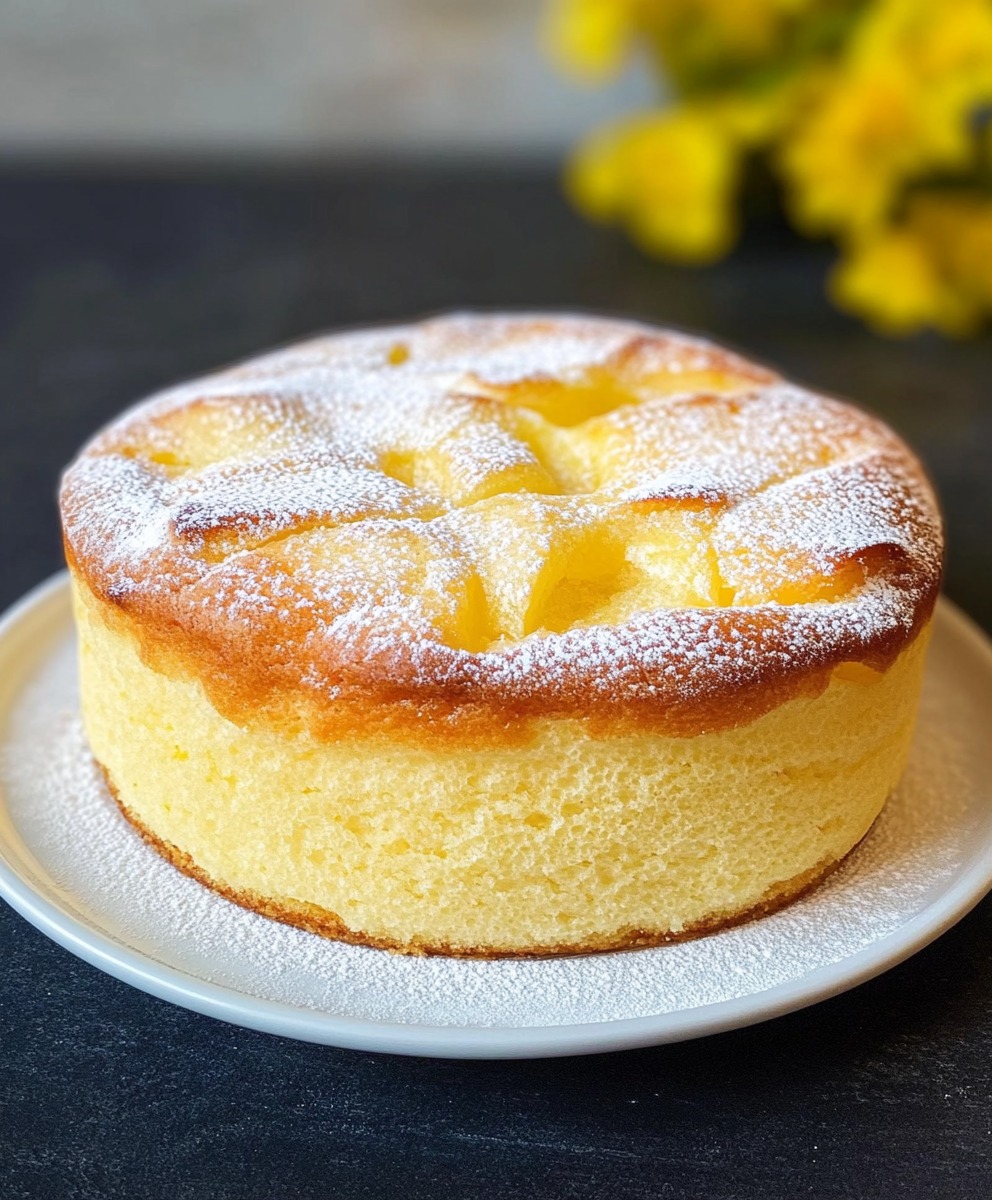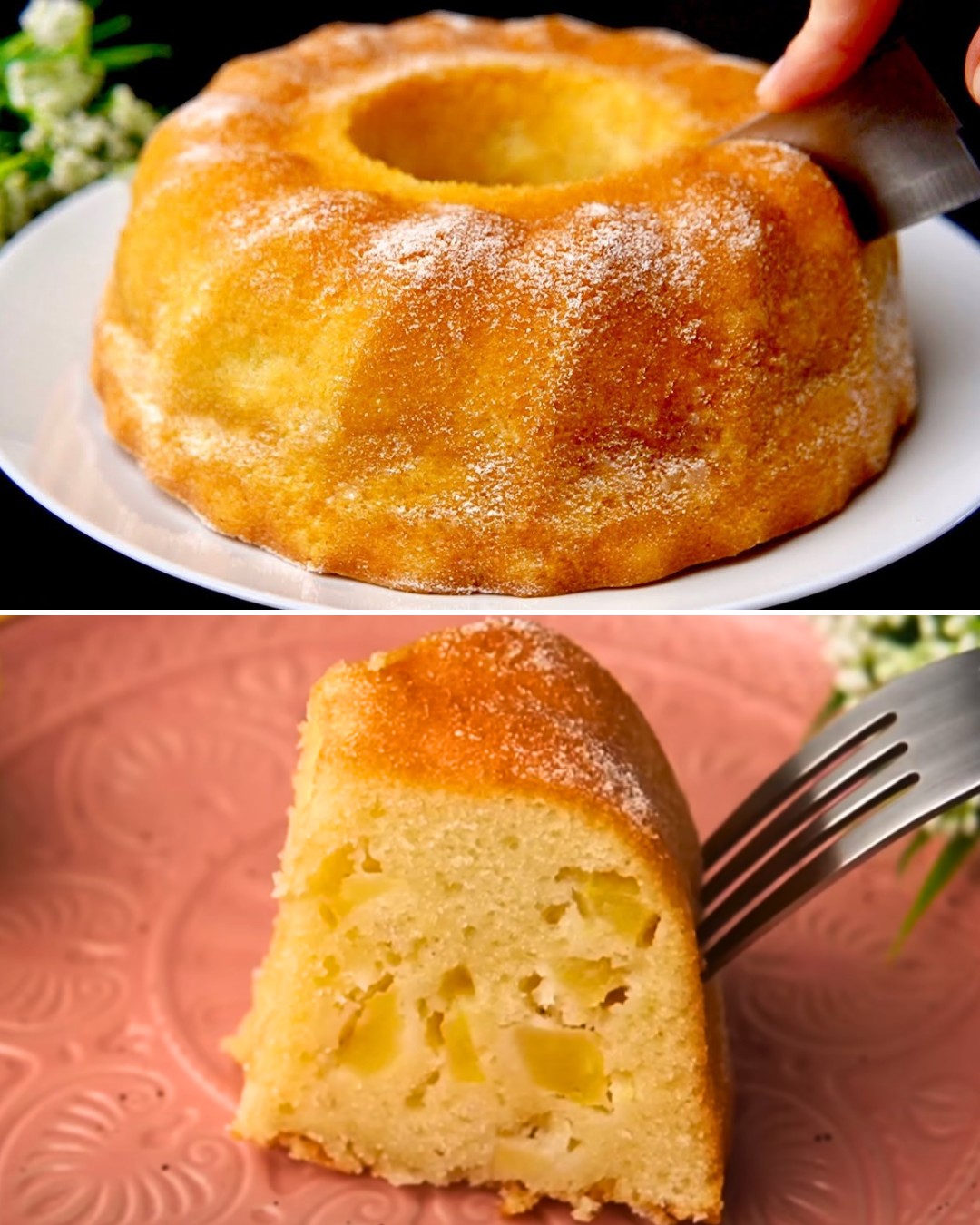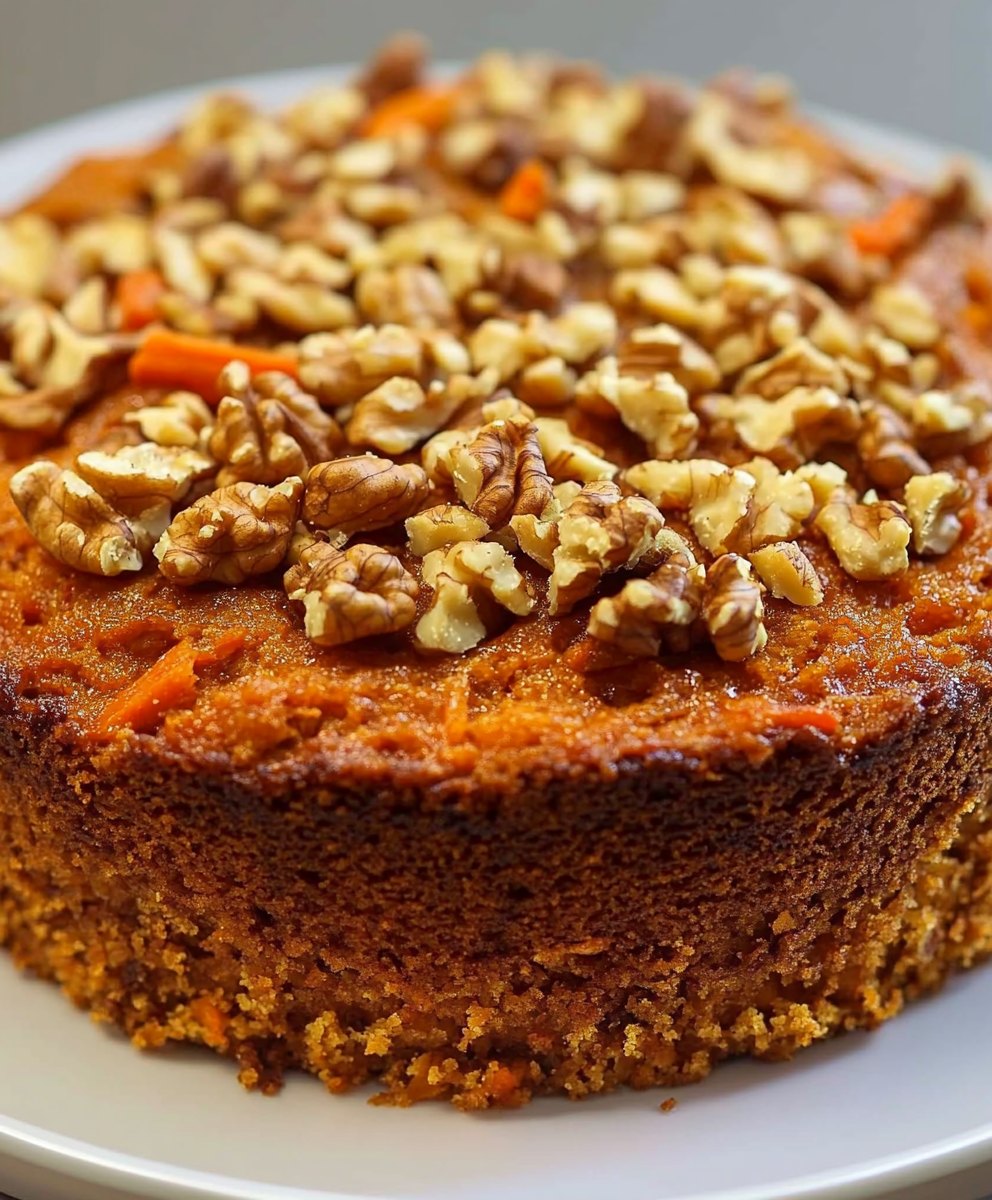Soft and Fluffy Bread Rolls Recipe
Soft and Fluffy Bread Rolls Recipe Welcome to a simple and delightful recipe for Soft and Fluffy Bread Rolls! These rolls are perfect for breakfast, tea time, or as an accompaniment to your meals. With just a few basic ingredients and easy steps, you’ll have delicious homemade bread rolls ready in no time. Preparation Time … Read more

